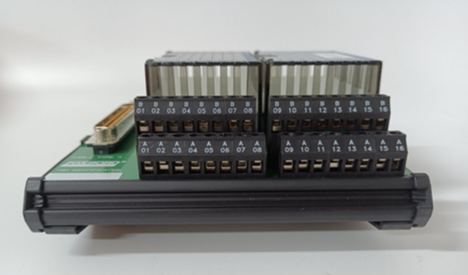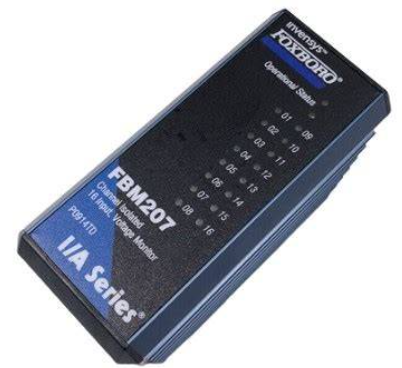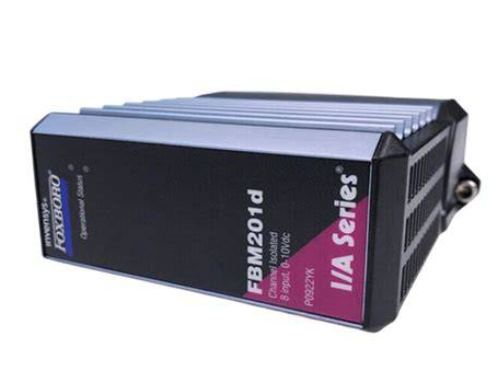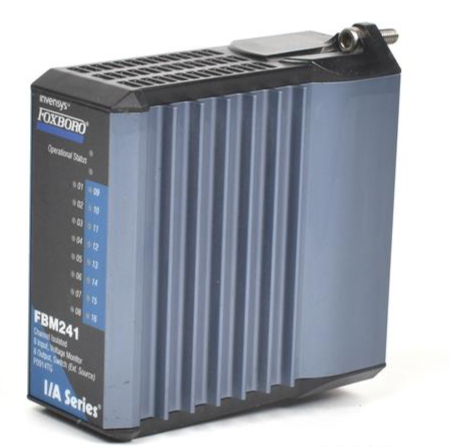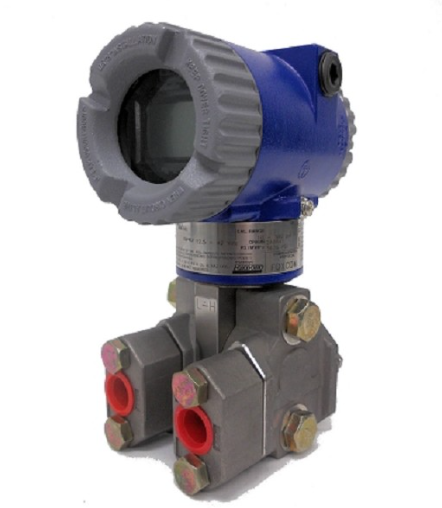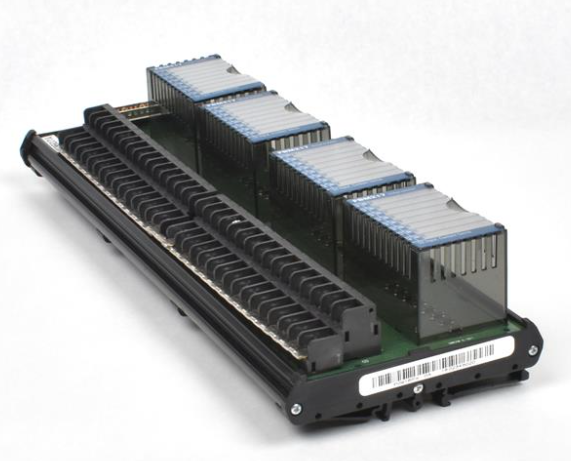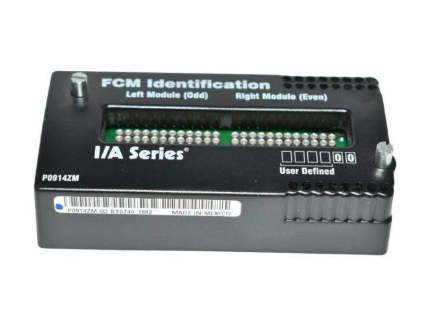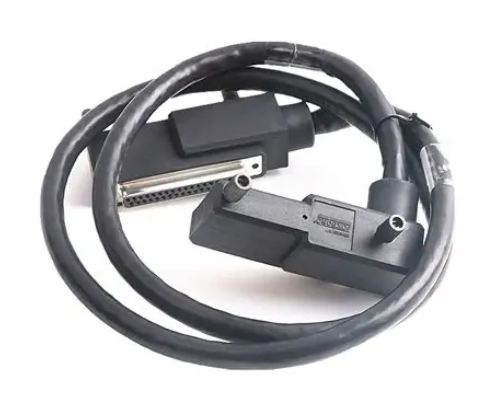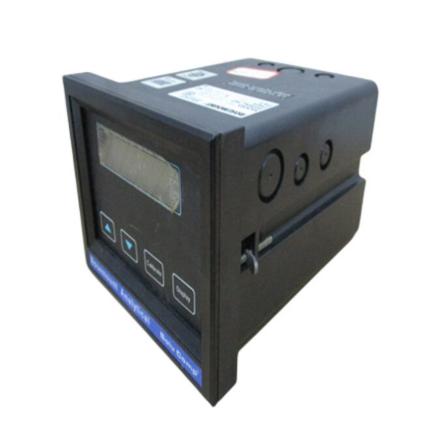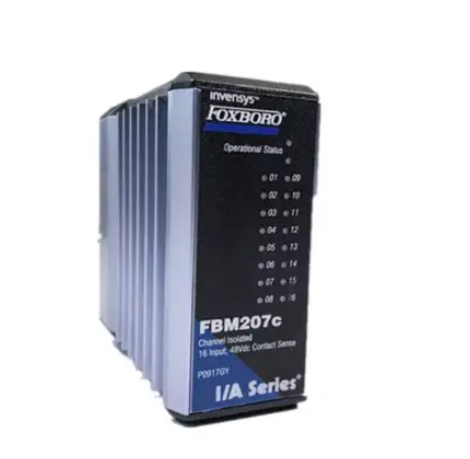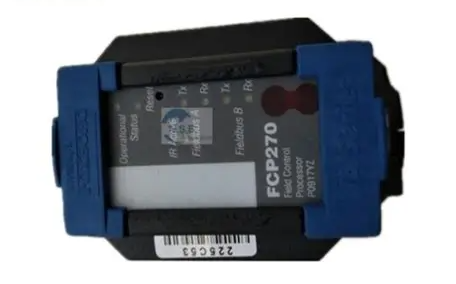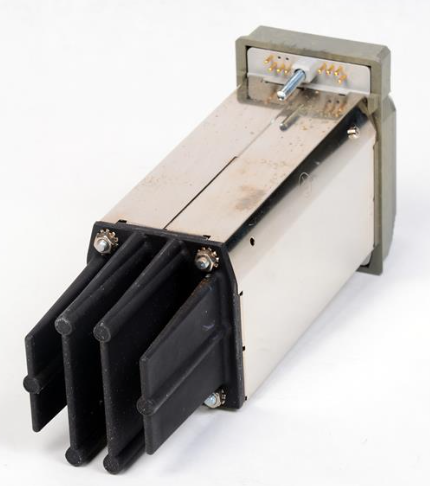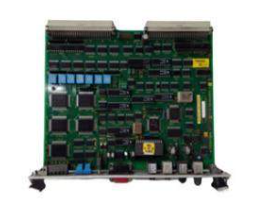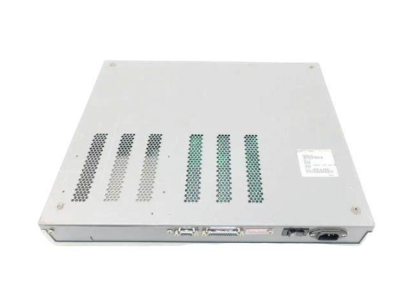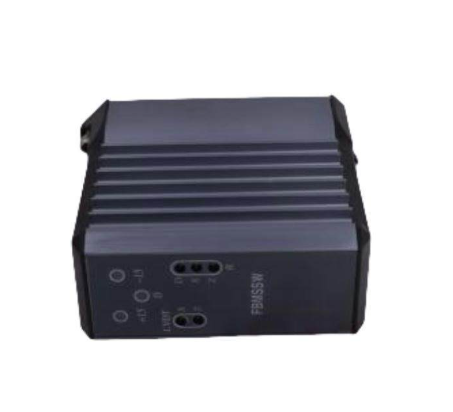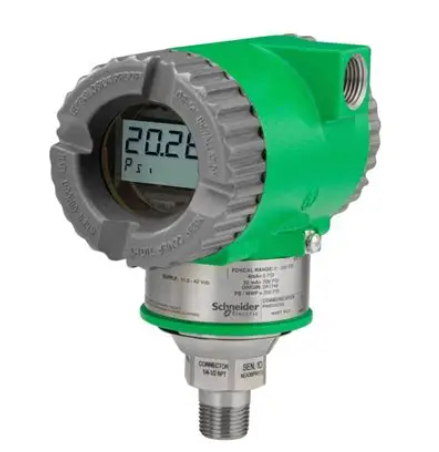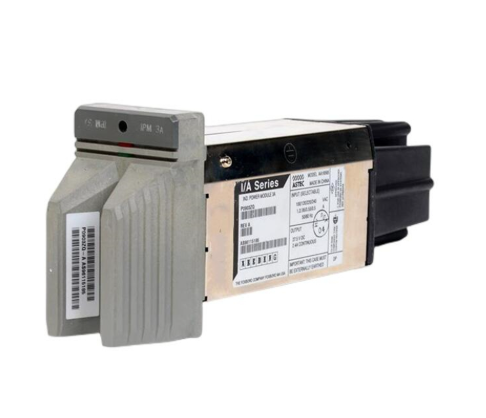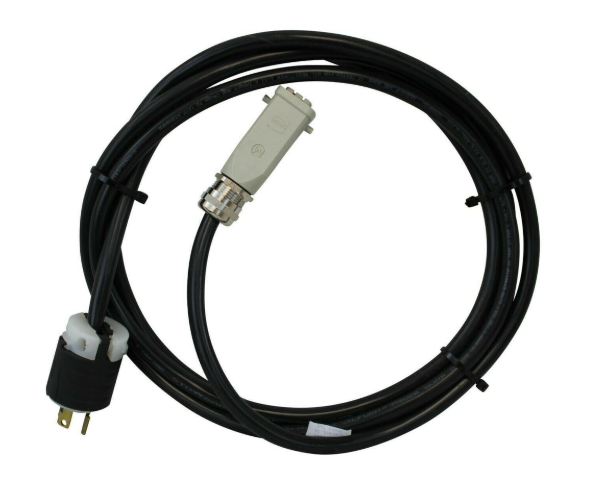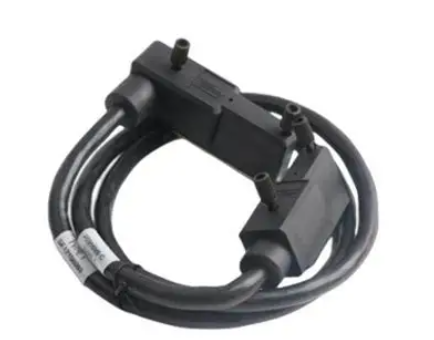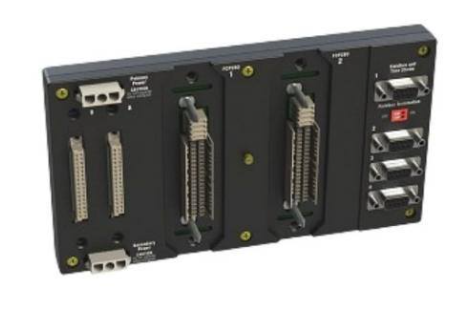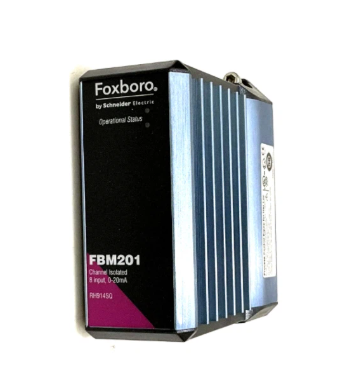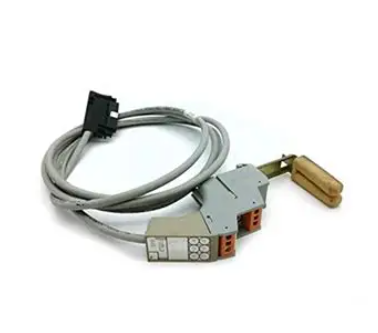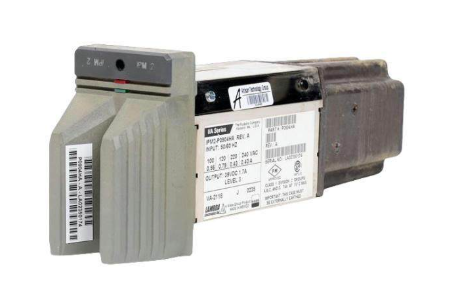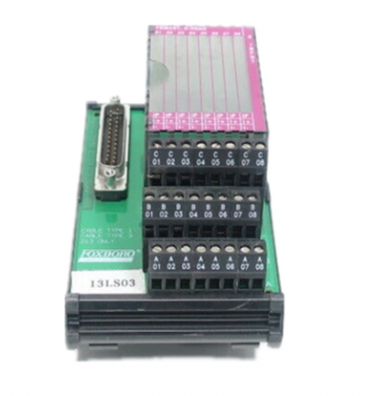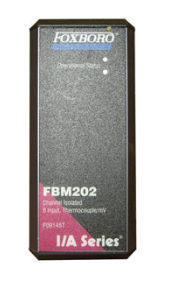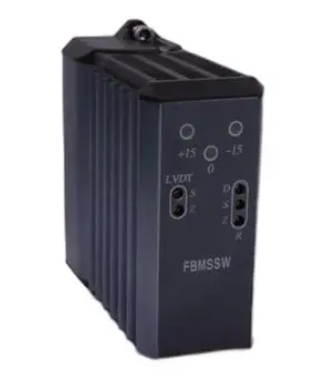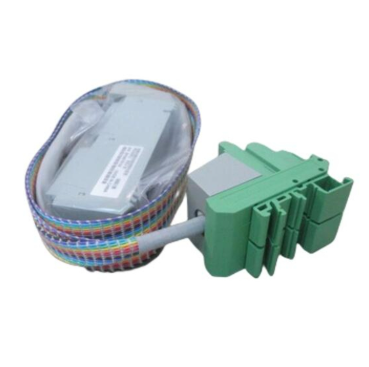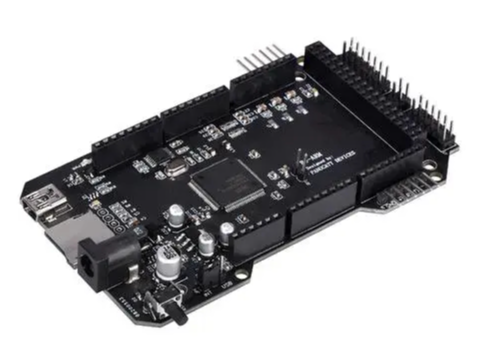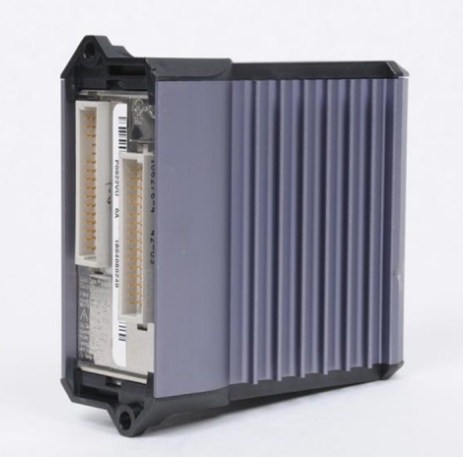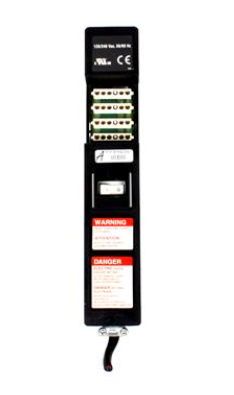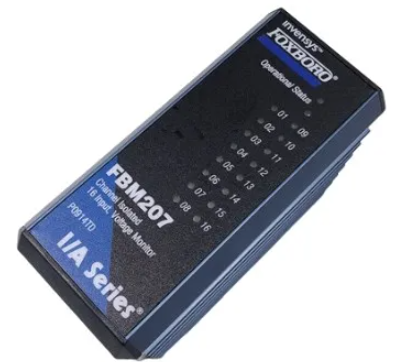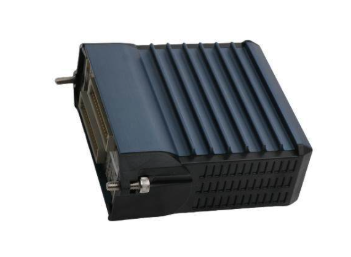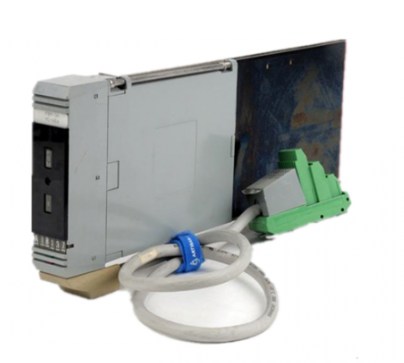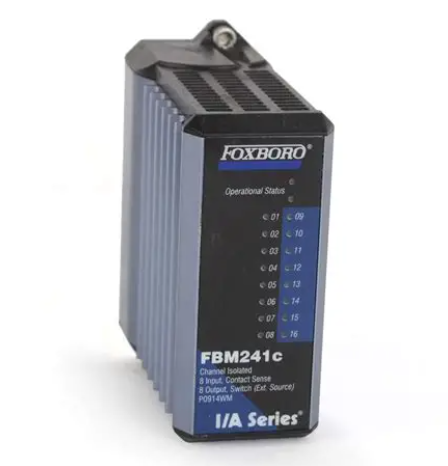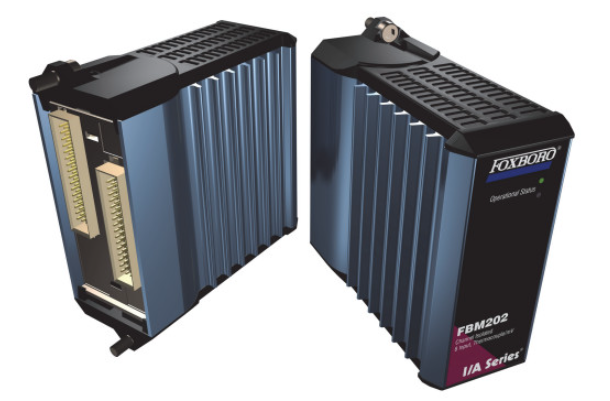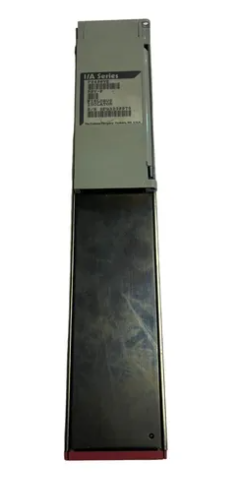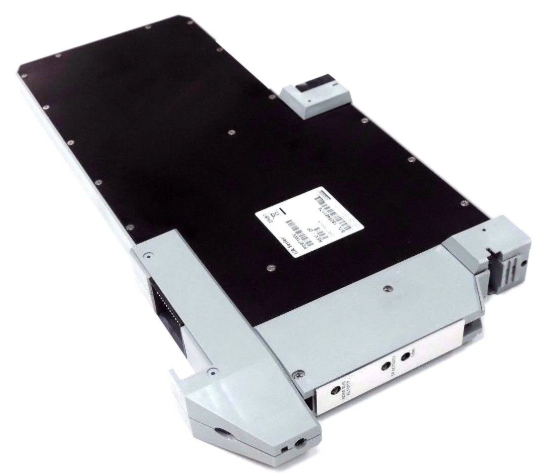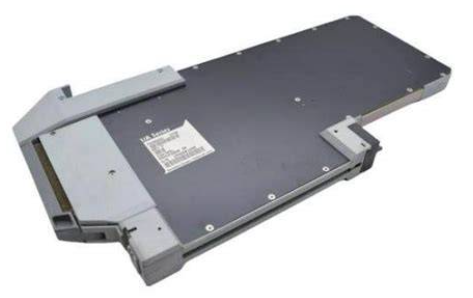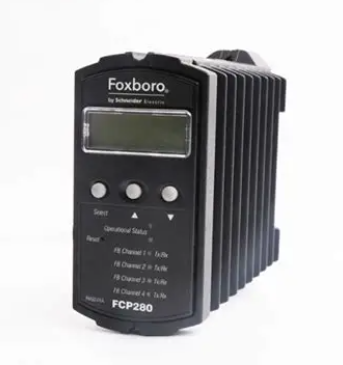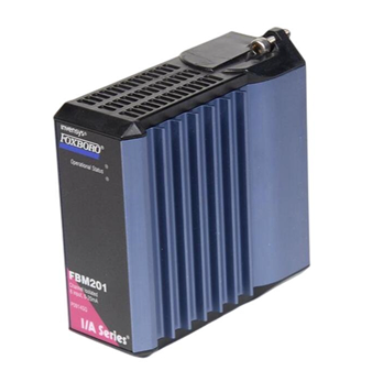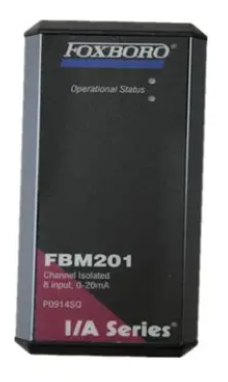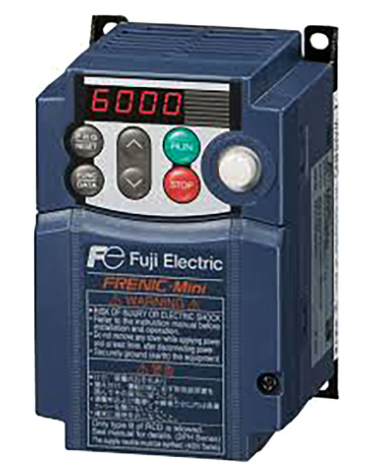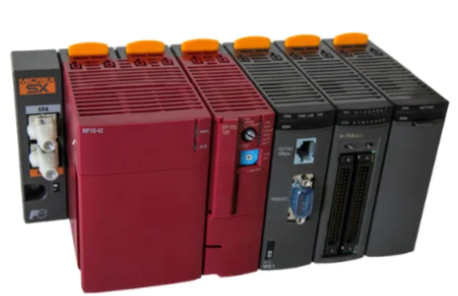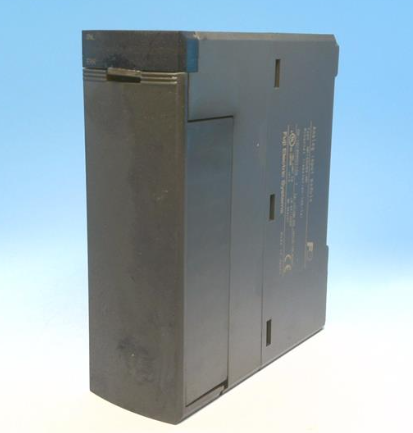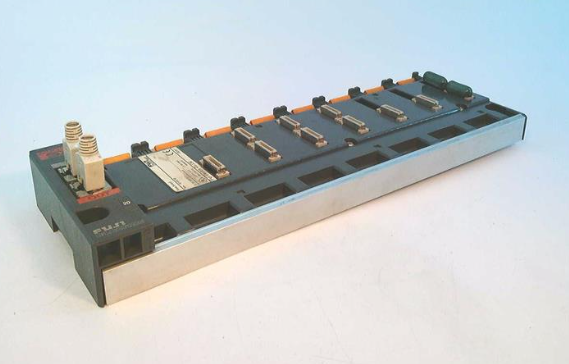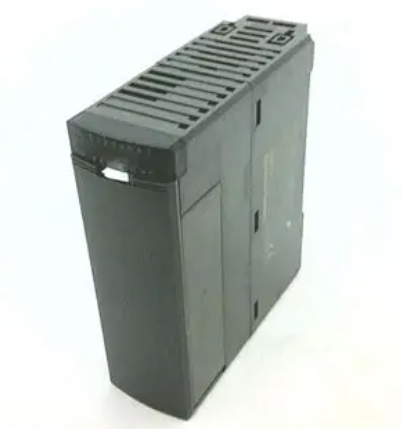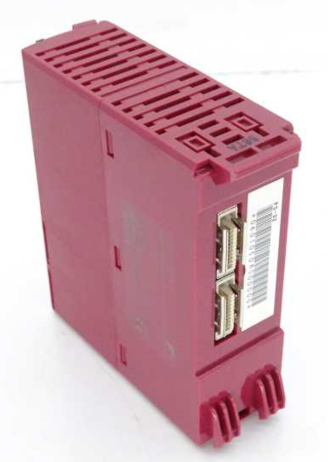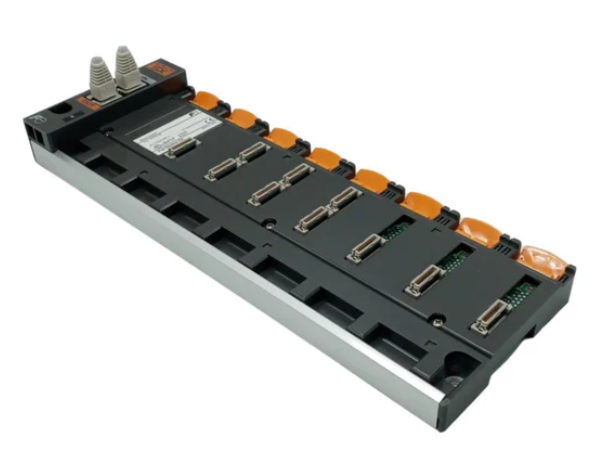Types and prevention measures of mine geological disasters
Because the mineral mining process is bound to change the original stable mineral conditions, change the local geological environment, and the disaster caused or induced by man-made mining activities to change the geological environment is called mine geological disaster. The occurrence of mine geological disasters will cause inestimable harm and destruction to ecological environment, natural resources and economy and society.
China's mineral mining has a long history, in a long period of time, China's mineral mining technology and equipment are relatively backward, under this condition of mineral mining leads to the deterioration of mining geological environment, mining geological disasters frequently. Life-threatening mining accidents and environmental disasters occur from time to time, and there is a gradual upward trend in recent years. Therefore, according to the occurrence and development laws and characteristics of mine geological disasters in China, it is a very necessary work to classify mine geological disasters in detail and put forward measures to prevent and control disasters according to their respective characteristics.
Types of mine geological hazards
There are many types of mine geological disasters, which can be divided into abrupt mine geological disasters, such as mine water inrush, gas explosion, rock explosion, etc., if only from the rate of occurrence of disasters, the other is slow type mine geological disasters, such as ground subsidence of goaf, water pollution and so on.
However, the most commonly used classification of geological hazards is usually based on the spatial and temporal distribution and genetic relationship of geological hazards. This classification method is conducive to the in-depth investigation of the causes of geological disasters, so that the corresponding prevention and control measures can be formulated according to various types of geological disasters. The geological hazards induced by unreasonable or unscientific change of geological environment in the process of man-made geological processes basically cover all types of geological hazards except volcanic eruptions.

1. Deformation disaster of rock and soil layer
This part of mine geological disaster is due to the mining activities change the geological environment of the mining area, resulting in the deformation of underground and surface rock and soil layers, and then lead to disastrous consequences.
1.1 Induced earthquake
The structural unbalance of rock and soil layer caused by mining activities is reflected in earthquake and fault dislocation. A short time of severe fault dislocation is easy to produce induced earthquake. The shallow earthquake induced by man-made geological change has a small depth, but the harm and destructive power are very great. Small magnitude earthquakes may cause drastic changes in underground and surface rock and soil layers, thus causing harm to buildings and surface structures.
1.2 Fault dislocation
Fault dislocation is also a manifestation of the structural imbalance of the circle, but because of the delayed occurrence of fault dislocation, the energy is slowly accumulated, and it is not easy to be measured and detected in a short time. However, it can be predicted that with the continuous development of mining activities, the energy accumulated in the fault will be released in a short time after the mining vein is emptied, which will eventually cause great harm, and this disaster will also have a huge destructive force on the mine and the surrounding geological environment.
1.3 Ground layer deformation
The deformation of underground rock and soil layer often leads to the subsidence, settlement and cracking of surface rock and soil layer, which leads to the geological disaster of mine with great harm. For example, mine floor and goaf collapse, mining ground subsidence, ground cracking. The common ground collapse in mining area mainly occurs in the mining area of shaft mining. The lode burial is shallow, the ground of the mining area is gentle, and the phenomenon of ground collapse and settlement is relatively common. In mining areas where mineral veins are buried deep and far from the surface, large-scale collapse may occur if slag cannot be backfilled in time. Ground collapse, settlement and cracking may not only damage soil, water and buildings, but also destroy public resources and buildings such as roads and reservoirs, causing greater harm.
1.4 Movement of rock and soil mass on slope
This kind of disaster is caused by the unstable structure of geological slope or surface fault edge in mining area, such as collapse, landslide, debris flow and so on. For example, the instability of mining slope often causes disasters such as rock and soil landslide, rock fall and so on, and the soil slope forms fluid soil after rain, forming disastrous debris flow and so on. The main causes of these geological disasters are irrational mining and stripping disorders, slope Angle is too steep and so on to form unstable structures. This type of mine geological disasters mostly occur in open-pit mining or excavation mining mines. This kind of disaster often occurs instantaneously, but the result is more harmful, such as mine landslide, often destroy the minerals, cause a large number of casualties, great harm, is a typical example of such disasters.
1.5 Mine engineering disaster
Irrational mining means and off-hand mining methods often lead to underground engineering disasters, such as cave-in, roof fall, sideway, bottom heave, rock burst and so on. These disasters are due to the crustal stress changes in the rock and soil layers in the mine and mine, resulting in the sudden release of rock and soil stress, resulting in a large number of rocks and debris, and bursting into the pit, which brings harm to the mine mining, critical miners' safety and property losses. For example, the rock burst in the pit is due to the surrounding and top and bottom wall rocks, under the condition of huge rock ring stress, once the mining surface can not maintain balance, it is possible to produce a sudden release of rock ring stress, resulting in rock rupture and burst, and a large number of jets into the pit, explosion, thus bringing devastating disasters to the mine.

2. Variable disaster of groundwater level
In the process of mining, deep mining sometimes destroys the structural stability of groundwater free shallow water layer or laminated aquifer, and then causes the change of groundwater level and mine geological environment, resulting in disastrous consequences.
2.1 Water inrush in mine
Water inrush and water gushing are one of the most common mine disasters. Due to the rapid change of the water table in a short time, the mine suddenly flooded. This kind of mine geological disaster is sudden and large scale, resulting in very serious consequences. In the process of mining, due to the insufficient estimation of the discharge rate of the inflow of water in the mine, the mining process often penetrates the water barrier fault, or suddenly encounters the water storage cave and underground river, resulting in a large number of groundwater gushing, resulting in the flood of pits and Wells, resulting in casualties or other serious catastrophic consequences. This kind of disaster occurs frequently in mines with serious illegal mining, mostly due to low mining technology and illegal mining. Sand gushing in the pit is the associated disaster of water inrush in the mine. When the aquifer or karst cave rich in sediment is encountered in the mining process, after the water-barrier layer is broken, sediment and rock debris rush into the mine together with the water, resulting in slurry gushing disaster. Other permeable faults and diving layers often leak into the pit because of fault dislocation and inclusion of sediment, which results in the mine being blocked by mud, equipment and mining personnel being buried by sand, resulting in disastrous consequences for the mine.
2.2 Groundwater leakage
Due to mining, the condition of groundwater burial is destroyed, and the water supply of groundwater cannot keep up with the speed of consumption. For example, mining caused by the diversion of underground rivers, excessive mining damage to the diving layer, these changes in the geological environment, resulting in an extraordinary decline in the groundwater level, from the underground water source depletion disaster, and then lead to the loss of river water, spring dry up, resulting in local arid areas.
3. Disaster caused by ore body
This kind of mine geological disaster is often caused by some accidental factors after the change of mine geological environment.
3.1 Gas Explosion
Gas explosion disasters are most common in large and small coal mines. Due to poor ventilation conditions in the mine, gas accumulates in the closed space to a certain extent, and accidental factors cause explosions. This kind of disaster often results in the death of mining personnel and injuries, and the mine is damaged by violent explosions, resulting in huge personnel and property losses.
3.2 Spontaneous combustion of coal seam
Due to the coal seam mining, part of the mining surface is exposed to the air, and some coal mines gradually increase the temperature due to oxidation and exothermic heat. After the heat accumulation, the temperature rises rapidly, and when the temperature rises to the ignition point of coal, it will cause combustion. Spontaneous combustion of coal seam has occurred in ancient and modern times. The coal resources destroyed by spontaneous combustion of coal seam in China are up to 200 million tons every year, and the economic loss is huge.
3.3 Mine Fire
Pit fires are common in coal mine gangue and sulfide deposits, because coal gangue and sulfide can also oxidize and generate heat, which can cause fires. Mine fire to the surrounding environment of the atmosphere is also very serious harm, some perennial burning mines, the local air pollution is serious, the regional microclimate has changed, a large number of seedlings around the mining area died, the field is barren, the environmental situation is worrying.
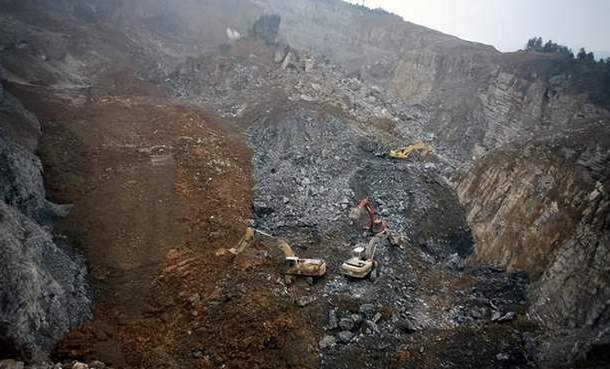
3.4 Geothermal
In the process of mining, all the mineral resources, including coal, metal and non-metal ores, need to be mined through deep rock and soil layers, when reaching a certain depth, they will encounter the harm of rising mine temperature. Usually after the mining depth reaches 800 meters, the mine due to high sulfur content, large mining depth, and very high ground temperature will also lead to poor working environment for miners, seriously affecting normal production.
4, mine environmental chemical pollution disaster
The waste residue, waste water and waste gas produced by mining and mineral processing cause environmental pollution, which is also a form of mining geological disasters. These wastes are not effectively treated, directly dumped or disordered discharge, will cause environmental pollution and public hazards. This kind of environmental disaster will also lead to soil erosion, land sand, salinization, groundwater flow and other related secondary disasters. The consequences of these pollution incidents often affect the physical conditions of people and animals for a long time, leading to the unsustainable development of the national economy, resources and environment.
4.1 Disaster of end warehouse and field warehouse
The mining of many mines is accompanied by the existence of mines and tailings ponds. The instability of the reservoir is mainly due to the huge damage caused by the debris flow after the tailings dam can not withstand the pressure. The dam break of tailing reservoir often occurs because of the increasing pressure on the stability of the dam body, or because of the overflow of waste ore liquid and the dam body piping. Tailings break the levee brings immeasurable disastrous consequences to the production and life of the people in the mining area, but also causes pollution and long-term harm to the local soil and water environment.
4.2 Soil and water environmental pollution
Mining wastewater, mine underground water, mineral processing, smelting sewage, tailings leakage, etc., will cause pollution of mine water sources and groundwater, while the existence of heavy metal pollution elements, toxic and harmful elements in the waste liquid will also remain in the soil for a long time, forming persistent environmental disasters. The amount of mining wastewater is large, most of which is too late to be treated, and is directly discharged into environmental water bodies in a disorderly manner, which directly or indirectly causes regional soil and water environmental pollution, resulting in long-term pollution of surface water, underground water sources and farmland in mining areas. Such harm is often latent, and it is more harmful.
4.3 Land degradation
Open-pit mining is one of the factors affecting soil erosion and land desertification. In the process of open-pit mining and excavation mining, the destruction of surface vegetation, soil slope and the expansion of tailings will lead to soil erosion and land degradation. And a lot of mining drainage, resulting in salinization of land.
Exploration methods of mine geological hazards
Because the geological disasters of mines occur in the deep, remote sensing information technology and physical exploration methods are used in the exploration.

1. Integrated method of Earth information technology
The current information technology mainly uses remote sensing set "3S" technology to grasp the possible distribution, occurrence location and region of geological disasters in time. For example, global satellite positioning system is used to accurately locate the high-risk points of geological disasters, and remote sensing satellites are used to perform superposition analysis to predict the trend of disasters.
2. Geophysical exploration methods
It mainly refers to the application of physical means to detect the relevant information of rock and soil circles, determine the possible disaster concomitances such as gob, fault displacement, magnetic field change, and so on, and analyze and predict geological disasters in advance.
The methods of geophysical prospecting for mine geological hazards mainly include high-density resistivity method, apparent resistivity method, transient electromagnetic method, shallow seismic method and so on. These methods are important technical means to predict potential mine geological hazards.
3. Environmental chemical survey method
In the process of mine geological disaster prevention, people often use geochemical exploration methods. For example, in the monitoring of environmental pollution in mining areas, chemical detection methods have irreplaceable advantages. The application of this method can effectively determine the pollution factors, predict the pollution trend, trace the pollution source, divide the pollution area, and provide important scientific basis and technical support for the formulation of pollution control plan.
Prevention and control measures of geological disasters in mines
To sum up, geological disasters in mines have their own characteristics due to the characteristics of time and space and the conditions of production. With the gradual application of geological exploration means in mines, we should take effective prevention and control measures according to the above classification and exploration means in order to prevent the occurrence of geological disasters in mines and effectively reduce casualties and property losses.
According to the characteristics of mining geological disasters, some mining geological disasters we can prevent subjectively, some geological disasters caused by natural incentives, we can not effectively prevent, so we develop specific prevention and control measures should include measures such as:
(1) Establish and improve pre-mining risk assessment and environmental assessment, and formulate policies, regulations and planning systems for environmental protection and restoration management. It should be strictly assessed before mining, actively prevented during production, and actively restored after mining, and the restoration of mining geological environment and land restoration should be incorporated into laws and regulations and enforced.
(2) Strengthen publicity, popularize the knowledge of mine geological disaster prevention and control, improve the quality of mining personnel, and enhance their sense of crisis and alertness to geological disasters. Improve the skills and means of disaster prevention and mitigation of all personnel in the process of mine production, and strengthen the training of mine geological disaster prevention, risk avoidance and rescue.
(3) Develop and apply advanced information, geophysical and geochemical exploration means to closely monitor mine geology, implement real-time monitoring and dynamic monitoring of potential disasters that may occur, establish a mine geological disaster monitoring system, realize a dynamic tracking and management system of mine geology and environmental ecology, and avoid major personnel and property losses.
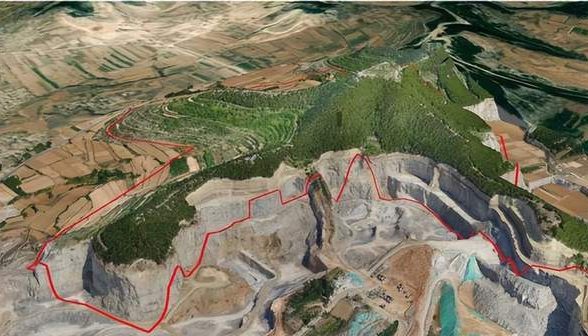
(4) Strengthen the design of mine and mine slope, conduct slope monitoring, strengthen the retaining wall to stabilize the geological structure of the slope, if there is cracking and deformation after excavation, timely geological investigation, and take preventive measures. Reasonable construction of tailings dam, the formation of a stable mine and tailings reservoir, reduce the risk of landslide and collapse.
(5) For tunnel mining, it is necessary to do a good job of supporting in the tunnel, so as to support while mining, to prevent the harm caused by the collapse of the mine roof, roof falling, etc., especially to prevent the upper ground cracking when there are households above, and to do a good job of the drainage design of the tunnel to prevent the harm caused by the water gushing in the mine.
(6) Strengthen mine environmental supervision and inspection, and conduct comprehensive and systematic geological environment and geological disaster impact assessment. We will resolutely shut down small and low-productivity mines that damage the ecological environment. For polluting mining areas, formulate scientific mining and "three wastes" discharge plans to reduce the occurrence of secondary geological disasters. Restore the ecological environment after mining, and actively backfill the waste mine that can be backfilled.
(7) For the prevention and control of geological disasters and ecological environment restoration in mine closures, timely treatment and ecological restoration should be carried out, comprehensive promotion of mine geological disaster prevention and comprehensive environmental management, reclamation, improvement of land reclamation rate, combined with ecological measures to implement mine ecological environment comprehensive management demonstration projects. After the slag dump is treated, the topsoil is applied, and grass and trees are planted. Through the above geological environment restoration work, the soil erosion can be reduced, the ecological function of the mine can be restored, and the purpose of ecological restoration and the harmony between human and environment can be achieved.
(8) Include mine geological disaster prevention into the government agenda and national economic development plans and plans, and arrange geological disaster prevention and control funds according to a certain proportion, such as the establishment of mine environmental restoration and management, government-funded mine environmental protection, geological disaster investigation and prevention funds.
- EMERSON
- Honeywell
- CTI
- Rolls-Royce
- General Electric
- Woodward
- Yaskawa
- xYCOM
- Motorola
- Siemens
- Rockwell
- ABB
- B&R
- HIMA
- Construction site
- electricity
- Automobile market
- PLC
- DCS
- Motor drivers
- VSD
- Implications
- cement
- CO2
- CEM
- methane
- Artificial intelligence
- Titanic
- Solar energy
- Hydrogen fuel cell
- Hydrogen and fuel cells
- Hydrogen and oxygen fuel cells
- tyre
- Chemical fiber
- dynamo
- corpuscle
- Pulp and paper
- printing
- fossil
- FANUC
- Food and beverage
- Life science
- Sewage treatment
- Personal care
- electricity
- boats
- infrastructure
- Automobile industry
- metallurgy
- Nuclear power generation
- Geothermal power generation
- Water and wastewater
- Infrastructure construction
- Mine hazard
- steel
- papermaking
- Natural gas industry
- Infrastructure construction
- Power and energy
- Rubber and plastic
- Renewable energy
- pharmacy
- mining
- Plastic industry
- Schneider
- Kongsberg
- NI
- Wind energy
- International petroleum
- International new energy network
- gas
- WATLOW
- ProSoft
- SEW
- wind
- ADVANCED
- Reliance
- YOKOGAWA
- TRICONEX
- FOXBORO
- METSO
- MAN
- Advantest
- ADVANCED
- ALSTOM
- Control Wave
- AB
- AMAT
- STUDER
- KONGSBERG
- MOTOROLA
- DANAHER MOTION
- Bently
- Galil
- EATON
- MOLEX
- Triconex
- DEIF
- B&W
- ZYGO
- Aerotech
- DANFOSS
- KOLLMORGEN
- Beijer
- Endress+Hauser
- MOOG
- KB
- Moxa
- Rexroth
- YAMAHA
- Johnson
- Westinghouse
- WAGO
- TOSHIBA
- TEKTRONIX


Email:wang@kongjiangauto.com






















